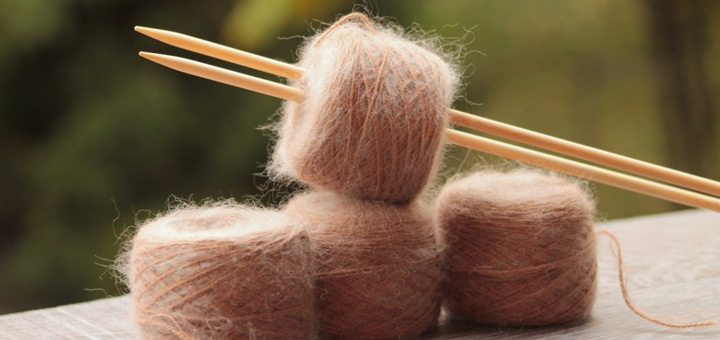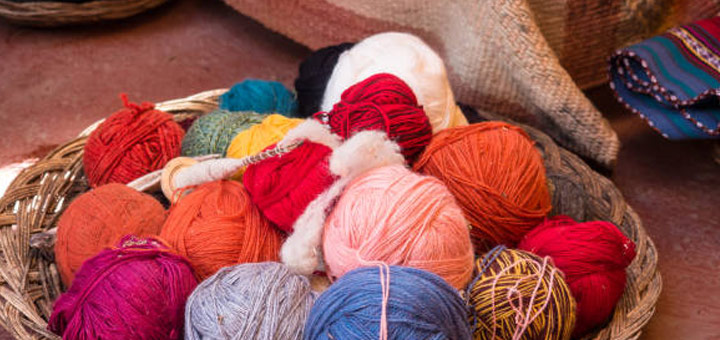The fashion market today is so varied and different, offering an abundance of choices for everyone’s taste. There are lots of trendy and high-quality clothes, but there are also those made of synthetics. However, one great option to avoid all those choices is to go with cotton or wool, such as alpaca wool throws.
When it comes to wool, there are also a lot of options, each different and unique in its properties and benefits for clothing choice. The most demanded and required wools are the mohair and the alpaca. Both of these materials have enjoyed quite popularity over the last years because of the unique benefits of the fiber.
Both the mohair wool and the alpaca wool come from animals, and they are very rare. With such a rarity, its price has gone up significantly over the last few years, and the demand is higher than ever before.
So, why is the fashion industry so attracted to the natural fibers of these rare animals? Several factors make the mohair and alpaca wool very demanded fabrics, and they are:

Mohair is wool that comes from the Angora goat. The origins of this goat are somewhere in the Himalayas. In the 16th century, these goats reached Turkey, and they discovered the province called Angora.
For a long time, there was a strict prohibition that prevented the exportation of both fibers and animals outside Turkey. The first mohair fibers that the Europeans got, and Angora goats for that matter, was in the 19th century.
Mohair is a soft fabric with sheen and luster. It is also called a “diamond fiber” and this fabric is more popular due to its high compatibility with most types of dye. It is also very elastic, not very flammable, and it is crease-resistant.
All of these attributes make it a luxury textile, and garments made from it are quite expensive. However, mohair is quite often mixed with other fabrics, which leads to better elasticity, shine, and durability.
One of the biggest qualities of the mohair’s wool is the resistance to felting. The scales on mohair wool are not fully developed, which does not affect the felting even if is washed incorrectly.
As Angora goats age, the thickness of their hair fibers increases. The wool of older Angora goats is not considered to be as desirable as the wool from younger goats. The younger an Angora goat is sheared the shinier, and silkier the resulting wool will be.
Mohair fiber is not as thin as alpaca wool. That is why it was primarily used as a material for furniture, but soon, it became a luxury product for the clothing industry.

Contrary to the Angora goat, the Alpaca is a South American camelid. It lives high in the Andes Mountains and looks more like a sheep with a long neck. Alpacas were bred by the Incas Indian civilization more than 500 years ago, on the territory of Peru and Bolivia. Although the colonization changed a lot of things there, the tradition of breeding alpaca and textile production remained the same.
Alpaca became internationally known in the 1980s. Today, it can be found in the US, Britain, and other countries. However, the Peruvian Andes have unique climate conditions that can make the wool different.
When it comes to its properties, the alpaca fiber is thinner than mohair and not so pricy. In addition to the thermic and durable properties, alpaca textile:
Alpacas are valued only for their fiber as they grow a hair-like fleece fiber, not the woolen fibers of the sheep species. Alpaca fiber is used primarily for blankets, sweaters, hats, gloves, scarves, socks, coats, textiles, and ponchos.
At Silkeborg Uldspinderi you will find the most unique blankets, cushions, scarves, and throws made of the most high-quality alpaca fiber. With an abundance of colors and patterns. You will easily upgrade your clothes and home accessories with alpaca-made products. Enjoy the real alpaca wool and feel the softness directly on your skin!
In Silkeborg Uldspinderi we are here to help you. You will have at your disposal many high-quality products. If you want to buy any alpaca scarves, shawls, cushions, or throws, please don’t hesitate to contact us through our contact page.
